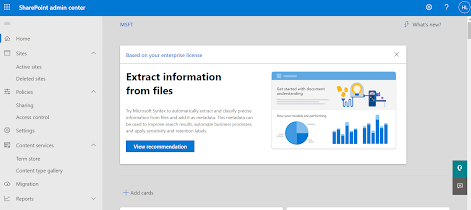Power Apps Evaluation Drive
key benefits of the Power Platform solution
v Simple
and automated system used by floor technicians to record inventory used on
projects
v Easy
for technicians to enter parts used as they work with mobile devices on the
floor
v Timely,
accurate and relevant data – reducing the amount of manual entry and rework
v Seamless
reconciling process – listing inventory, drafting PO, sending invoice
v Easy
for Manufacturing company to track the inventory that is sent to the customer
with the model-driven app
v Reporting
– PO Report for Jobs and inventory used, On-hand Inventory so customer knows
what is in the warehouse, and the replenishment report which shows which items
need restocking.
v Rule-based BPM Engine for Process
Modelling – This is all about ability to manage complex workflows (either
serial or parallel), breakdown phases for each process step, execution through
rule based, and any additional built-in intelligence to facilitate business
users.
v Business process flows is kind of
streamlined flow executed in phase wise and it help people to get their work
done. We define a set of steps within this streamlined flow for user to follow
to take them to a desired outcome. Business process flows reduce the timeline
and guide users and let them focus on which entity they should be using.
v Power
Apps developers are citizen developers and easily available
Power Platform with Azure Integration
MS Power Apps is part of MS Power Platform and this platform
having seamless integration with Microsoft Azure Platform. Integration with
Logic App (where Power Automate having limitation), we can user other Azure Services
like Azure Functions, API management from Power Apps. Power BI itself is part
of the Power Family, so easy integration within a few click is always presence.
Using Power
Automate we can create Business Process. You can get more idea on how to do
this from MS documentation page - https://docs.microsoft.com/en-us/power-automate/business-process-flows-overview . Finally, using Power Apps Canvas
model, we can implement them in our apps. Alternatively, through Common Data
Service(CDS), there are CDS APIs that exposes various functionalities of
BPF. We can utilize them in our Power Apps as well.
Below are a few use cases where Power Apps can fit in a
large scale.
The Inventory
Management solution involved Power Apps and Power Automate. Both canvas and
model-driven apps were used for their unique strengths. A flow completed the
communication of purchase orders. All of the parts relied on Microsoft
Dataverse as the underlying data source.
Sellers use a Power Apps Model app to build
the account plan using information that is collected from various sources. They
are guided by industry insights curated by the worldwide industry team and
other industry resources. They use the App to review customer objectives,
identify executive level relationships, and map out the customer’s digital
transformation and technical solution area priorities
I hope the
above analysis will help you to take call for considering Power Apps.
Enjoy Apps…enjoy Power Apps!





thanks for sharing this useful blog building power apps
ReplyDelete